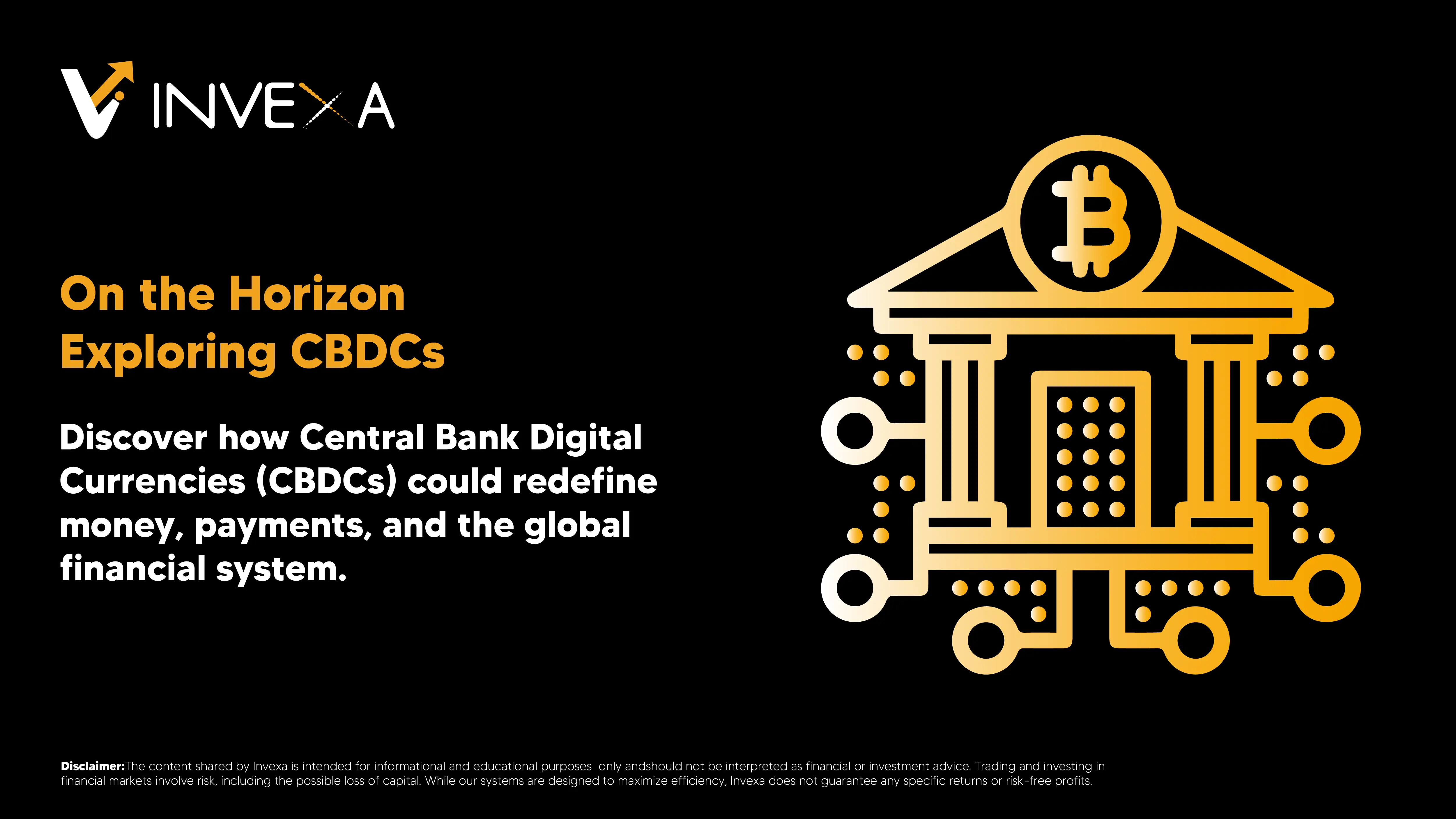
CBDCs are digital currencies issued by central banks that promise faster payments, lower costs and financial inclusion. They sit between crypto and traditional money shaping the future of payments, tokenized assets and global finance.

Money is changing fast. Central Bank Digital Currencies or CBDCs are government backed digital currency designed to work alongside cash and bank deposits. Built on distributed ledger technology or other secure rails CBDCs promise faster payments lower costs for cross border transfers and wider financial inclusion through digital wallets and mobile banking.
A CBDC is a digital version of fiat currency issued by a central bank. Unlike decentralized cryptocurrencies such as Bitcoin or Ethereum CBDCs combine the trust of central banks with modern payment rails. They use blockchain or distributed ledger components, programmable money features and secure digital identity integration to enable instant settlement, auditability and regulatory compliance.
CBDCs touch many fintech and macro topics. They affect cross border payments, remittance flows, monetary policy and the future of digital banking. For consumers CBDCs can reduce transaction costs and bring safe digital payment options to unbanked populations. For institutions CBDCs improve settlement speed, reduce counterparty risk and support tokenized assets and digital securities.
Many central banks are piloting CBDCs. China’s digital yuan and Nigeria’s eNaira are well known while the Bahamas launched the Sand Dollar. The digital euro and work on a digital dollar demonstrate interest in major economies. Emerging markets often view CBDCs as a tool for faster remittances and broader mobile banking.
CBDCs do not replace cryptocurrencies or stable coins but they interact with them. Regulators and exchanges are exploring how CBDCs can interoperate with stablecoins, DeFi protocols and tokenized assets. That could enable hybrid finance where central bank money flows into decentralized applications, regulated marketplaces and tokenized securities.
CBDCs raise privacy, cybersecurity and policy questions. Centralized visibility into transactions can help combat illicit flows but also create concerns about surveillance and data protection. Technical risks include resilience to cyber attacks and secure custody for digital wallets. Policymakers must balance inclusion and oversight without undermining financial freedoms.
Widespread CBDC adoption will impact bank funding models, liquidity management and central bank tools for inflation control. Regulators will need new frameworks for cross border coordination, taxation of digital transactions and consumer protections. Clear rules will be essential for linking CBDCs with existing payment systems, crypto exchanges and digital asset custody providers.
Track pilots and legal frameworks in major jurisdictions. Watch for CBDC interoperability standards tokenization efforts for real estate and securities and enterprise partnerships between banks and blockchain firms. Businesses that adapt payments infrastructure and integrate digital identity solutions will be better positioned for fast settlement and new tokenized markets.
At Invexa we see CBDCs as an important piece of the evolving digital finance landscape. When combined with AI powered investing, tokenized assets and improved settlement rails CBDCs can help create efficient, transparent and inclusive markets. Our work focuses on preparing tools and workflows that connect traditional portfolios with the new digital money rails.
Central Bank Digital Currencies are on the horizon and they will reshape payments, settlement and the broader digital asset ecosystem. The move toward programmable money, faster cross border transfers and tokenized markets creates opportunities and challenges for consumers, businesses and policymakers. For investors and fintech builders the key is to stay informed, test new rails and design systems that balance innovation with privacy and resilience.